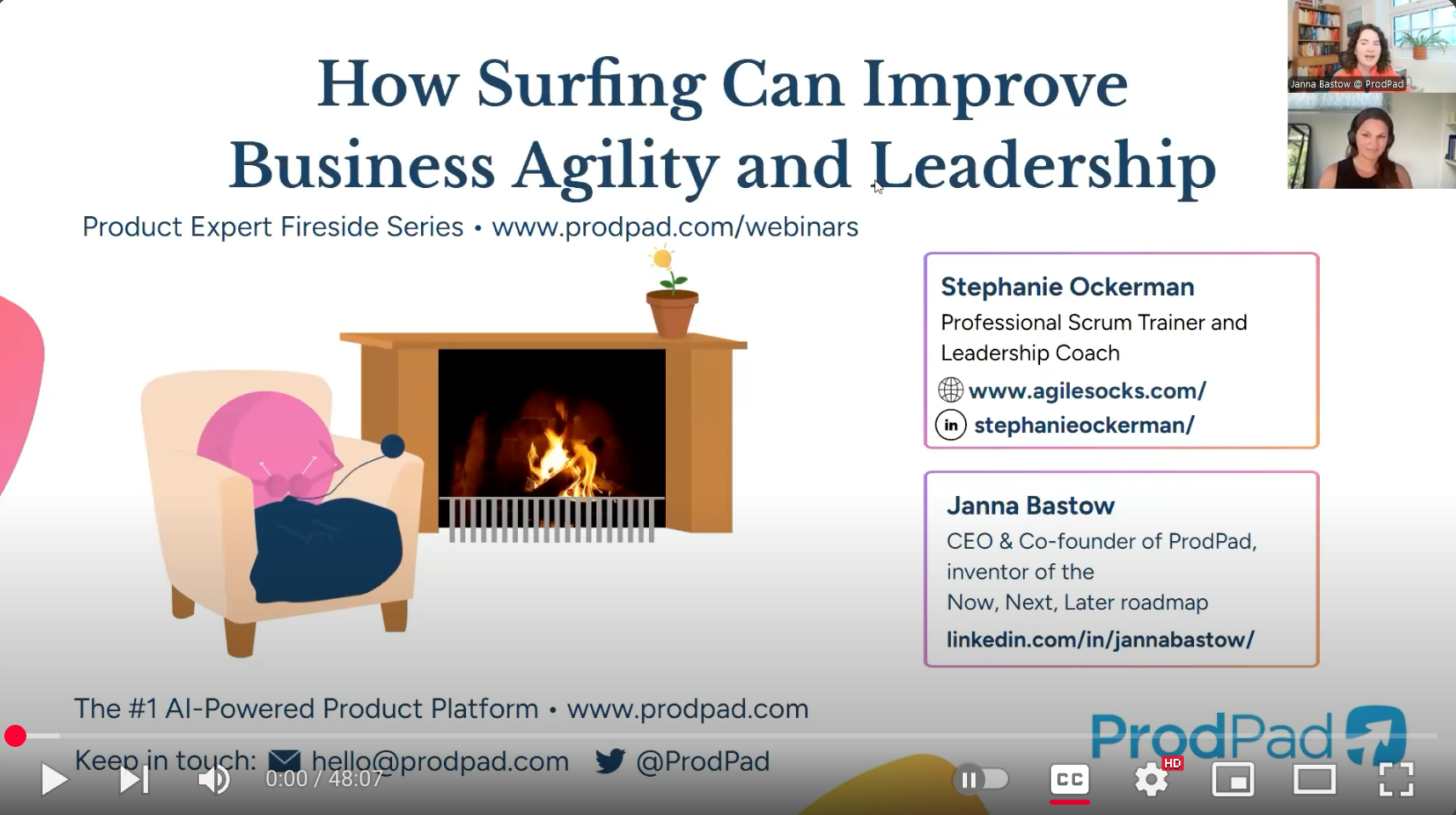
Successful Scrum Masters continuously find ways to improve their practice to have greater influence and impact on their teams and organizations. Scrum’s foundational concept, empiricism, which advances learning through experience and observation, can support this kind of growth. In this blog post, we’ll explore five ways that a Scrum Master can use empiricism to improve their own practice and become a more effective leader.
The Scrum Guide outlines three pillars that support empiricism, which are the practices of transparency, inspection, and adaptation.
Transparency allows us to observe the aspects of our process that affect our outcomes. Inspection gets us to stop and reflect at regular intervals to notice what’s going on. And adaptation brings us back into alignment when our practices don’t have the expected outcome, helping us get back on the right track.
As Scrum Masters, we help our teams use empiricism to deliver value by activating the three pillars. But empiricism can be just as effective in informing and improving how WE do that with our teams. Here’s how.
By setting an intention about the impact we want to have and regularly reflecting on how we are doing, we bring the transparency needed to inspect and make adaptations.
Self-reflection includes looking for any new relevant information about our impact on the team and organization. Have changes or new challenges emerged? Have we sought out or received any feedback about our performance as a Scrum Master? How do these empirical data points affect our intention? Do we need to adjust or add to it or make a wholesale change?
Making intentions visible keeps them top-of-mind and helps us to stay focused and accountable. Similar to how we use a Scrum board, we can itemize what to do next and in what order. And it’s not just about what we do, it’s about how we do the actions. In other words, being conscious of how we are “being” as we are “doing.” For example, I may want to be playful and creative as I am facilitating a working session. Or I may want to bring compassion and deep listening as I go into a difficult conversation.
Visualization can be as simple as placing a sticky note on our desk or computer to remind us of our intentions—both the being and the doing.
There are many ways we can measure impact empirically. Ask yourself the following questions to get started:
Mistakes are inevitable and necessary for making progress. In the same way that a Developer won’t master a programming skill the first time they try it, a Scrum Master won’t be adept immediately at skills such as coaching, teaching a Product Backlog refinement technique, or facilitating every type of working session.
Empiricism means we value mistakes for what they can teach us. Making errors and failures visible allows us to reflect on how to avoid or manage them in the future.
We never “outgrow” needing to learn because the world never stops changing and evolving. By embracing continuous learning as Scrum Masters, we gather empirical data we can use to increase our influence and impact.
Learning comes in all shapes and formats, including reading books, participating in workshops, listening to podcasts and taking courses. Staying curious and open to new ideas is critical to an empirical approach to Scrum Master growth and development. And many of the skills we need to grow require a lot practice.
In our day-to-day work as Scrum Masters, we often get so focused on ensuring our teams are applying empiricism as part of Scrum that we forget to apply it to our own practice. That’s a missed opportunity. By using empiricism and its pillars of transparency, inspection, and adaptation, we can gain more clarity, make better decisions, have more influence, be a model for agile leadership, and avoid becoming stagnant in our practice.
If you want to feel more confident and intentional as a Scrum Master, consider my affordable and lightweight action-focused video program Scrum Master: Grow. Over six weeks, you will use a structured approach to be more intentional in your self-reflection and improvement practices.



AGILE SOCKS is a registered trademark of Agile Socks LLC. Other marks used herein are the property of their respective owners. For more information see Trademark Notice in Terms & Conditions.